Introduction Mitutoyo 511-702 Bore Gauge without indicator, 35-60mm
The Mitutoyo 511-702 Bore Gauge without indicator features interchangeable anvils and optional accessories for close tolerance inside diameter measurements. It offers durability with its carbide-tipped points and a measuring range of 35 to 60 mm.
The grip reduces the influence of heat from the operator’s hand during use to retain high-accuracy measurement. This gauge uses a two-point contact system for the detection of geometry problems such as ovality and taper, and carbide-tipped contact points provide extended wear and improved abrasion resistance. This gauge is for use with Mitutoyo dial indicators (sold separately).
Bore gauges measure holes, or bores, in a workpiece. They can measure the interior diameter of a hole at any depth, while internal micrometers can only measure to the depth of their teeth. Bore gauges are typically calibrated with a setting ring and come in two types: simple and direct-measuring. Simple bore gauges are used with a caliper to transfer the hole measurement, while the more complex gauges take the measurement directly, and display it through a vernier, dial, or digital display. Bore gauges have a two- or three-point contact, indicating how many points on the gauge head touch the inside of the bore. Two-point contacts are better at measuring ovality, while three-point contacts are used to measure lobing or triangular form error. Pistol-grip bore gauges are used for fast, single-handed operation with repeatable results from one operator to another. Bore gauges can also be used in special applications, such as measuring threads, spline pitch diameters, and deep bores.

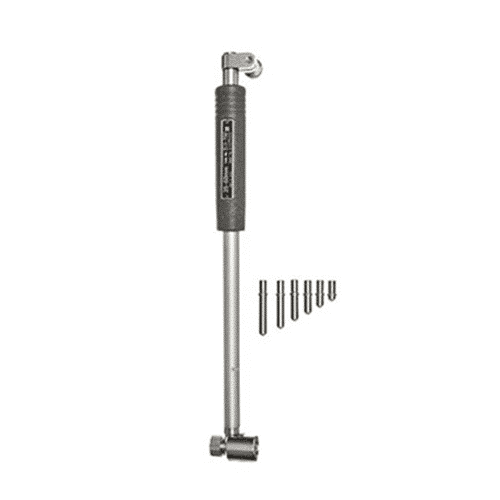
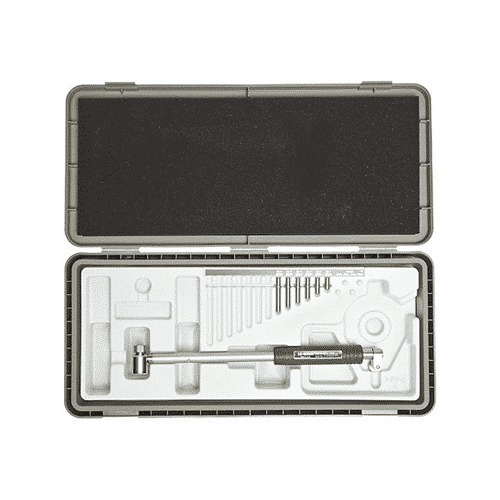
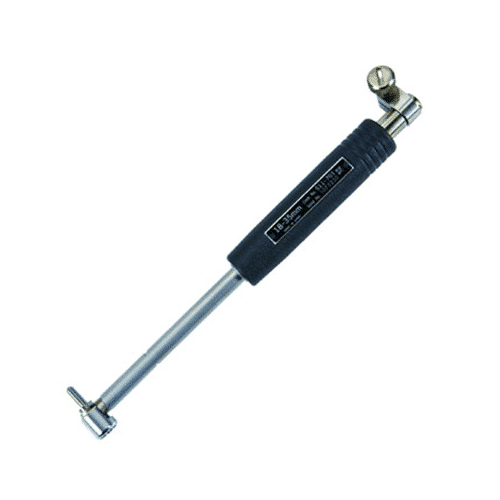
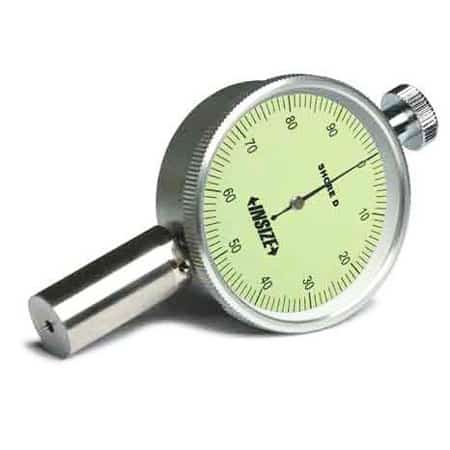
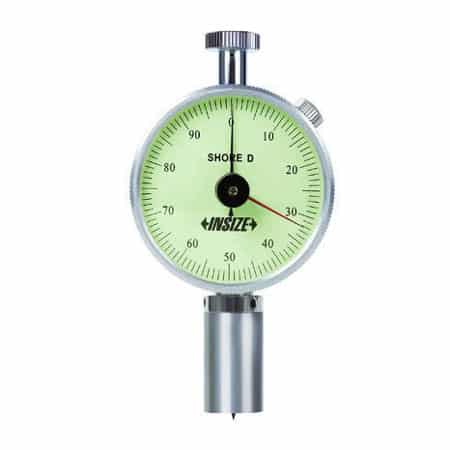
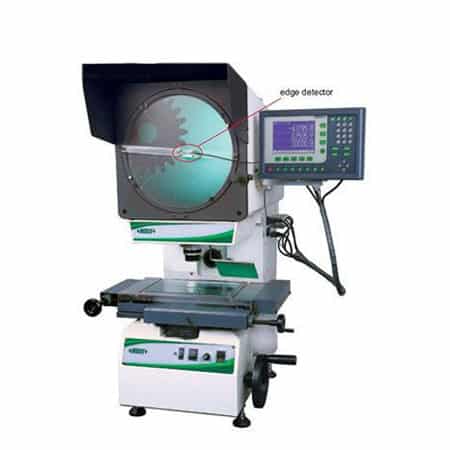
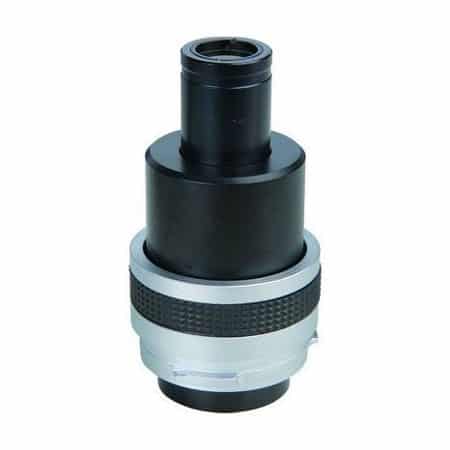
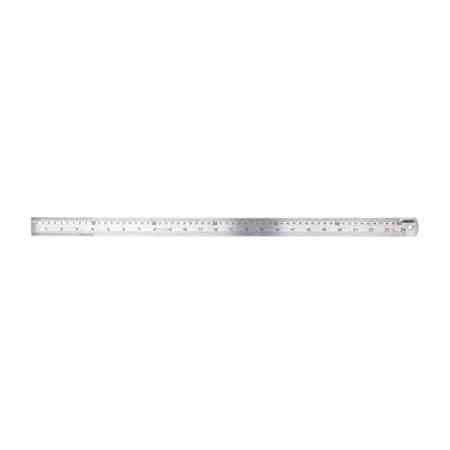
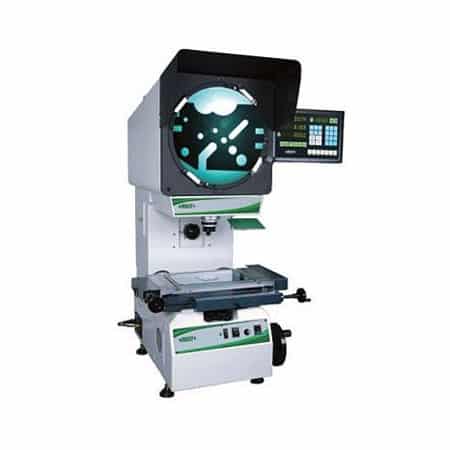
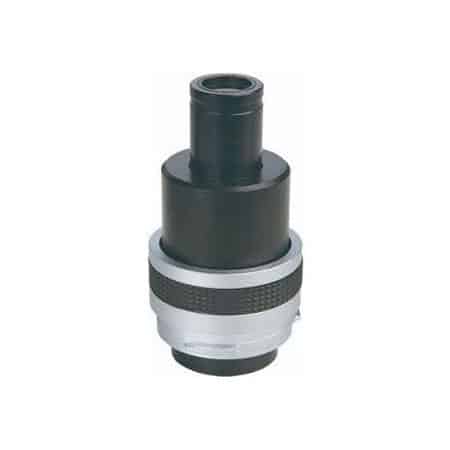
Reviews
There are no reviews yet.